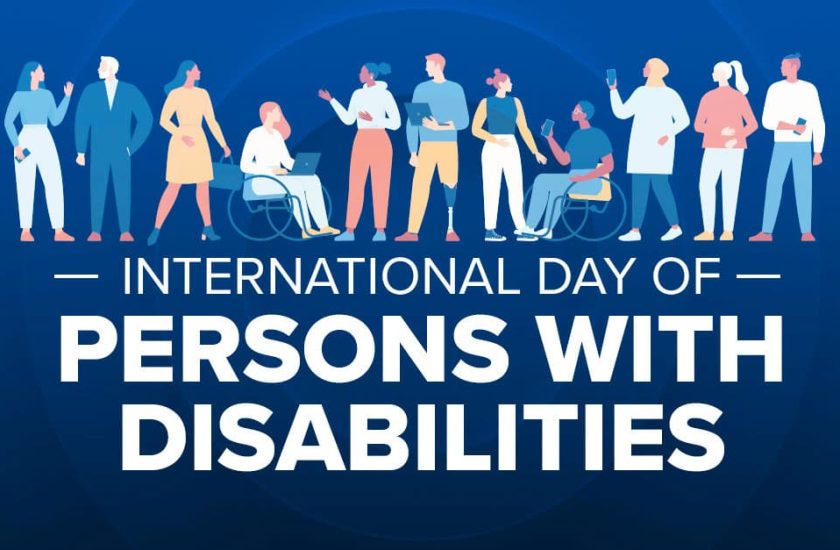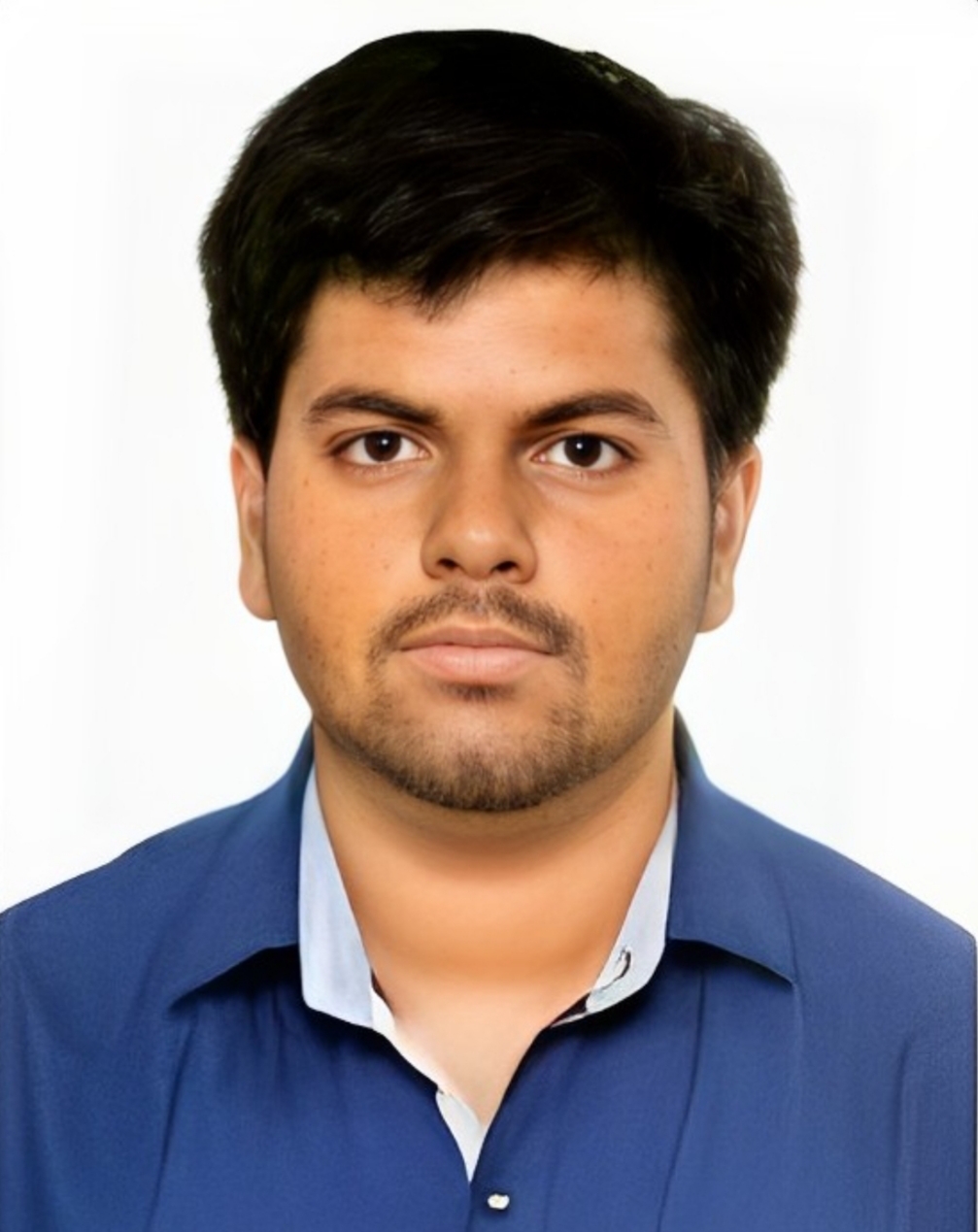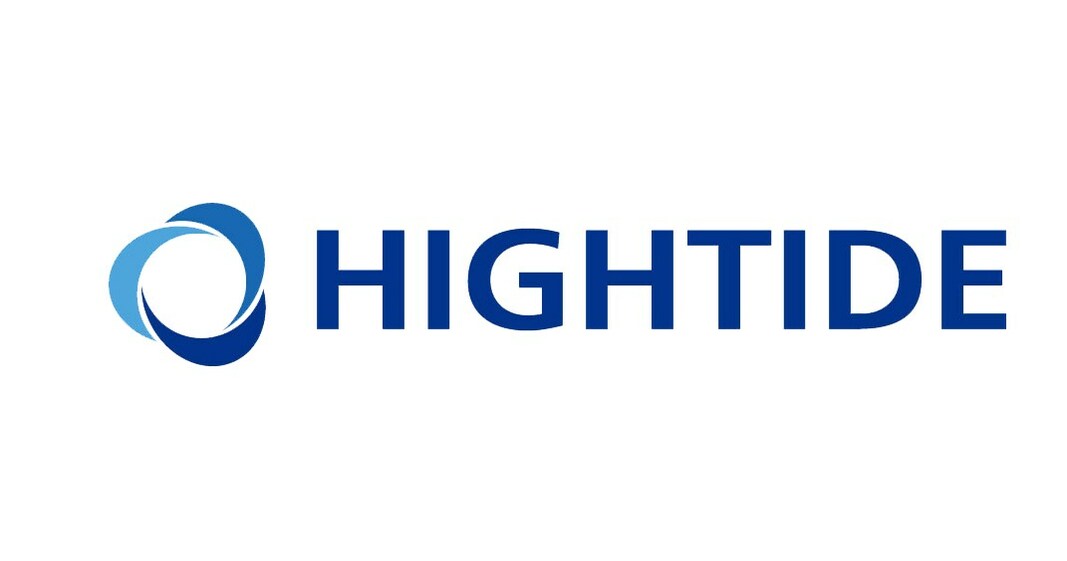Every year, December 3rd marks the International Day of Persons with Disabilities (IDPD), a global occasion dedicated to promoting the rights, dignity, and well-being of individuals with disabilities. It serves as a reminder of the urgent need to create inclusive societies where everyone, regardless of their abilities, can thrive. The day also highlights the barriers people with disabilities face and the collective responsibility we share to eliminate them.
Lets dive into the origins, significance, challenges, and progress made in ensuring equality and opportunities for persons with disabilities and also explore how the observance has become a cornerstone for change worldwide.
The United Nations proclaimed December 3rd as the International Day of Persons with Disabilities in 1992. The initiative was a response to decades of advocacy for the rights of individuals with disabilities. It followed the United Nations Decade of Disabled Persons (1983–1992), a period focused on raising awareness and addressing challenges faced by people with disabilities.
This annual observance aligns with the broader goals of the Convention on the Rights of Persons with Disabilities (CRPD), a landmark international treaty adopted in 2006. The CRPD emphasizes the need for equal rights, accessibility, and non-discrimination for all, signalling a global commitment to addressing the issues faced by this community.
Why the International Day of Persons with Disabilities Matters
1. Raising Awareness: Despite progress, many misconceptions and stereotypes persist about individuals with disabilities. The day fosters understanding and encourages people to challenge biases, ensuring that disability is seen through the lens of human rights rather than charity or pity.
2. Promoting Accessibility: Accessibility extends beyond physical spaces. It includes access to education, employment, healthcare, and technology. The observance highlights the importance of breaking down barriers whether they are architectural, social, or technological to enable full participation in society.
3. Encouraging Policy Reforms: IDPD provides a platform for governments and organizations to evaluate and strengthen policies aimed at supporting persons with disabilities. It pushes for stronger enforcement of laws and the development of new initiatives to address gaps.
4. Celebrating Achievements: The day also serves to honour the contributions of individuals with disabilities to society, recognizing their talents, resilience, and determination.
Globally, over 1 billion people, or approximately 15% of the population, live with some form of disability. Despite their significant presence, many continue to face systemic challenges.
1. Limited Access to Education: For children with disabilities, accessing quality education remains a challenge. In many countries, schools lack the infrastructure or trained personnel needed to accommodate their needs. As a result, millions of children are denied the opportunity to learn and grow.
2. Unemployment and Economic Disparity: Persons with disabilities are often excluded from the workforce. They are either denied jobs due to prejudice or face inaccessible workplaces. This exclusion contributes to higher poverty rates among this demographic.
3. Healthcare Inequities: Access to healthcare is another critical issue. Many medical facilities are not equipped to serve persons with disabilities, and healthcare professionals may lack training on how to provide appropriate care.
4. Social Stigma: In many cultures, disability is still viewed as a taboo or misfortune. This stigma isolates individuals, preventing them from participating fully in society.
5. Inaccessible Environments: From public transportation to digital platforms, many environments remain inaccessible, making it difficult for persons with disabilities to navigate daily life independently.
Technology has emerged as a powerful tool in bridging gaps and empowering individuals with disabilities. Innovations in assistive technology, such as screen readers, hearing aids, prosthetics, and voice-controlled devices, have transformed lives.
Digital platforms and apps now offer tailored solutions, from learning aids for children with cognitive disabilities to mobility tools for those with physical challenges. However, the digital divide remains a concern, as not all individuals have equal access to these advancements.
The International Day of Persons with Disabilities celebrates success stories that inspire and demonstrate the potential of inclusion. Here are a few examples:
1. Accessible Education in India: In India, initiatives like inclusive classrooms and assistive technologies are helping children with disabilities access mainstream education. Programs such as the Samagra Shiksha scheme aim to provide resources and training to educators, ensuring no child is left behind.
2. Employment Opportunities in Europe: Several European countries have introduced policies requiring companies to hire a minimum percentage of employees with disabilities. These policies, coupled with financial incentives, have increased representation in the workforce.
3. Universal Design in Japan: Japan is a global leader in creating universally accessible infrastructure. From barrier-free train stations to tactile paving for the visually impaired, the country demonstrates how urban planning can accommodate everyone.
4. Tech Innovations in the U.S. : American companies like Microsoft and Apple have developed cutting-edge accessibility features in their products, enabling individuals with disabilities to perform tasks independently and efficiently.
In India, the Rights of Persons with Disabilities Act, 2016, was a significant step forward. It expanded the definition of disability and mandated inclusive education, employment opportunities, and accessible infrastructure.
However, challenges remain. Rural areas, where a majority of the population resides, often lack the resources and awareness needed to implement these provisions effectively. Advocacy groups continue to play a crucial role in bridging these gaps.
While systemic change requires collective effort, individuals can also make a significant impact.
1. Educate Yourself and Others
Learn about different types of disabilities and the challenges faced by those living with them. Share this knowledge to combat stereotypes.
2. Advocate for Accessibility
Encourage local businesses, schools, and public spaces to adopt inclusive practices. Write to policymakers about the need for better infrastructure and services.
3. Volunteer and Donate
Support organizations working to empower persons with disabilities. Whether through time or financial contributions, your involvement can make a difference.
4. Create Inclusive Spaces
If you’re a business owner or educator, ensure your workplace or classroom is accessible to everyone.
The International Day of Persons with Disabilities is more than a day of observance, it is a call to action. By addressing the barriers faced by persons with disabilities, we take a step closer to building a world where everyone can lead a fulfilling life, regardless of their abilities.
As we honour this day, let us commit to fostering inclusion, celebrating diversity, and breaking down the walls of discrimination. True progress lies in recognizing that disability is not inability but a testament to resilience and potential.
In the words of Helen Keller, “Alone we can do so little; together we can do so much.” Let’s work together to create a world that is inclusive, equitable, and accessible for all

 As we honour this day, let us commit to fostering inclusion, celebrating diversity, and breaking down the walls of discrimination.
As we honour this day, let us commit to fostering inclusion, celebrating diversity, and breaking down the walls of discrimination.










.jpeg)


.jpeg)
.jpeg)
.jpeg)
_(1).jpeg)

_(1)_(1)_(1).jpeg)
.jpeg)
.jpeg)
.jpeg)








.jpeg)
.jpeg)